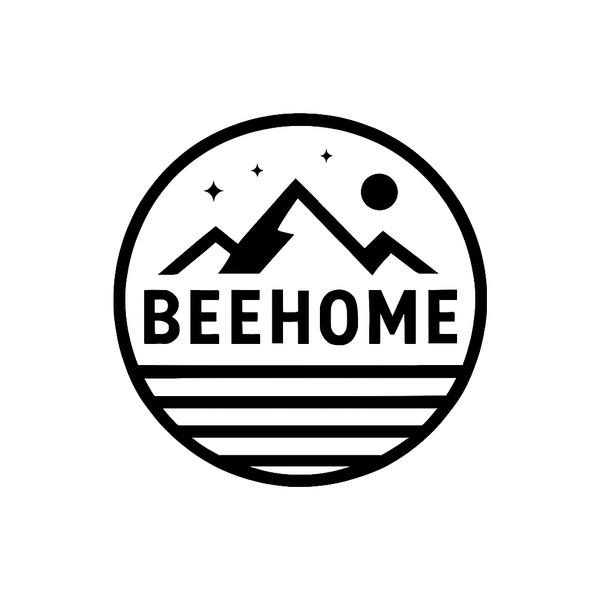BeeHome: What It Is — and How It Works
Share
BeeHome is a Modular, Ultra-Low-Cost Living System — Not Traditional Construction, But a Methodological Revolution
BeeHome is not a traditional house.
It’s not a prefab. It’s not a course.
It is a living construction system — a flexible, modular, ultra-low-cost platform that redefines how humans can build, live, and create.
We are not introducing a product.
We are introducing a method — a radically open, post-industrial, AI-assisted way for anyone, anywhere to build their own sustainable space.
🧩 Core Logic of the BeeHome System:
| Module | Description |
|---|---|
| 5 per Container | Each unit is ~7.5 x 7.5 x 8 ft. Five fit into a 40ft shipping container, allowing for global distribution and deployment. |
| Functional Flexibility | Modules can serve as sleeping units, shared kitchens, bathrooms, laundry, storage, or creative studios — assembled freely into homes or communities. |
| Lightweight & Fast to Build | Easy to DIY, safe via AI-guided structural systems, suitable for off-grid or temporary use, disaster zones, or remote living. |
| System Support | Includes blueprints, video guides, energy modules (solar, heat pumps), AI safety checks, and community access. |
| Target Use Cases | Educational labs, backyard innovation hubs, campground shelters, low-income housing prototypes, disaster relief spaces, and more. |
🔑 Key Values:
Universal Participation / Ultra-Low Cost / Post-Industrial / Rapid Deployment / Living Adaptability / Modular Recomposition
BeeHome is not here to build fixed houses.
We’re here to build possibility — a modular, living, reconfigurable system of creation that adapts to users and environments.
We don't obey the traditional rules of the construction industry.
We write new ones — with openness, with people, with AI.
It’s not a building.
It’s a movement — a methodological revolution made for the age of climate urgency, AI transition, and global housing need.
BeeHome doesn’t wait for permission.
It invites participation — from regulators, designers, policy makers, and builders — to co-evolve a new framework where housing is not a privilege, but a possibility.
